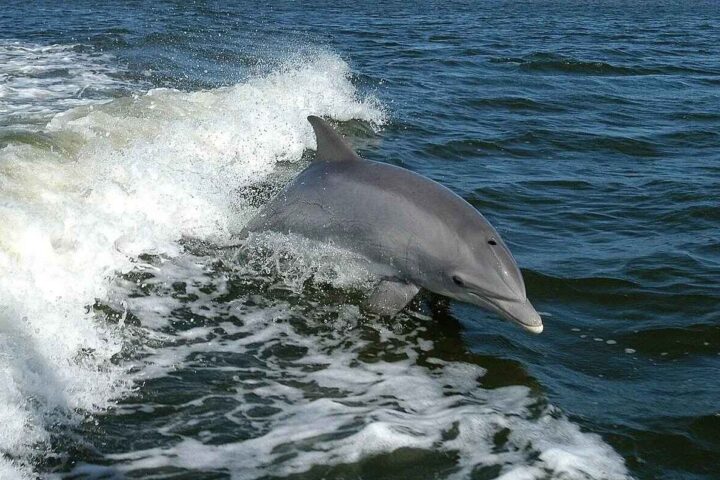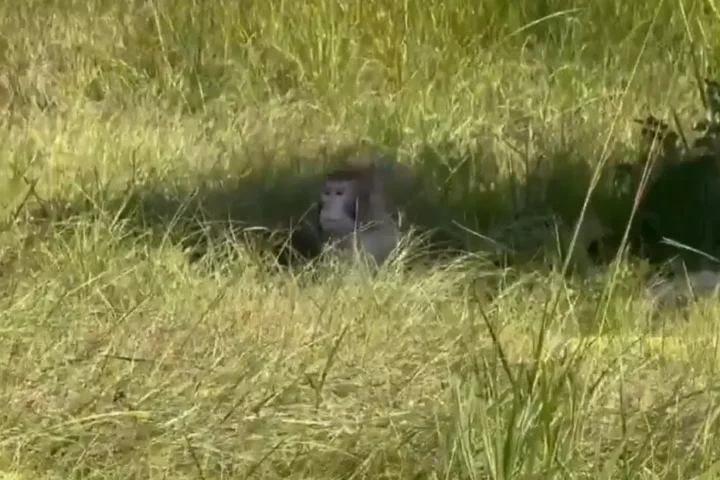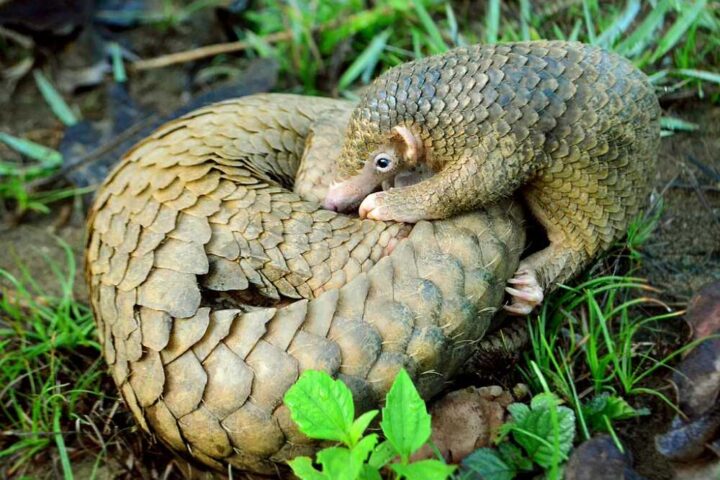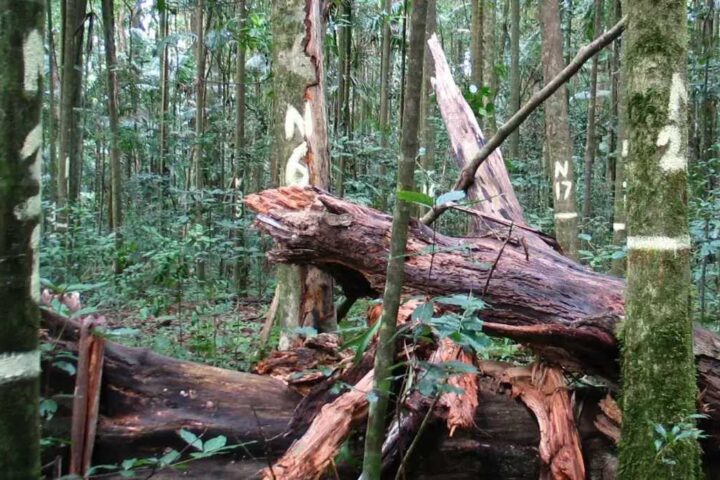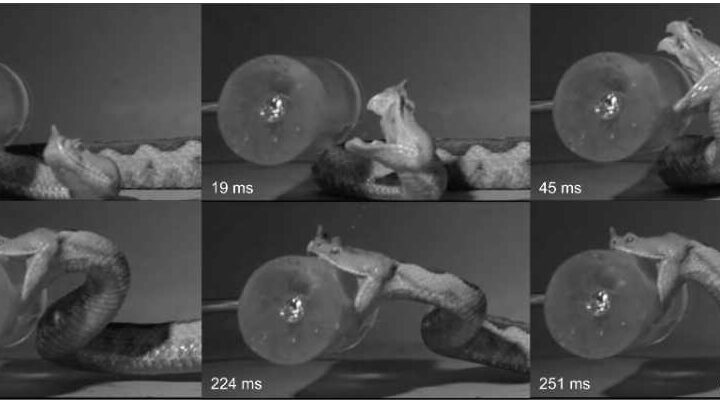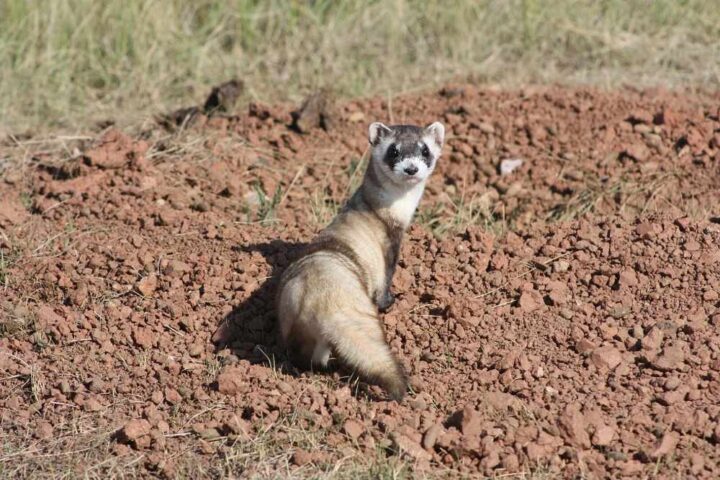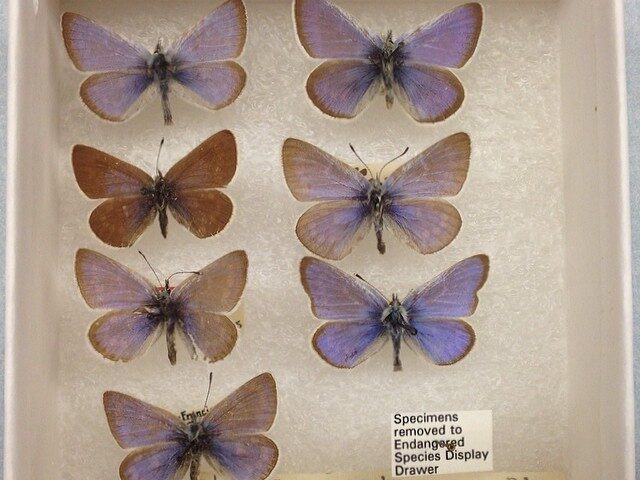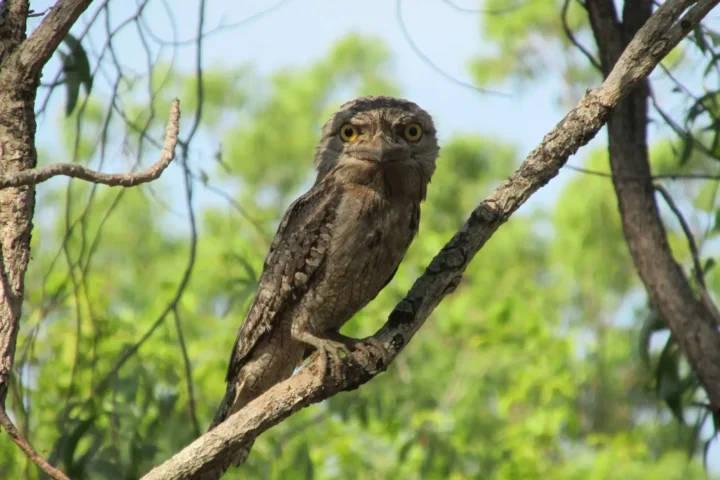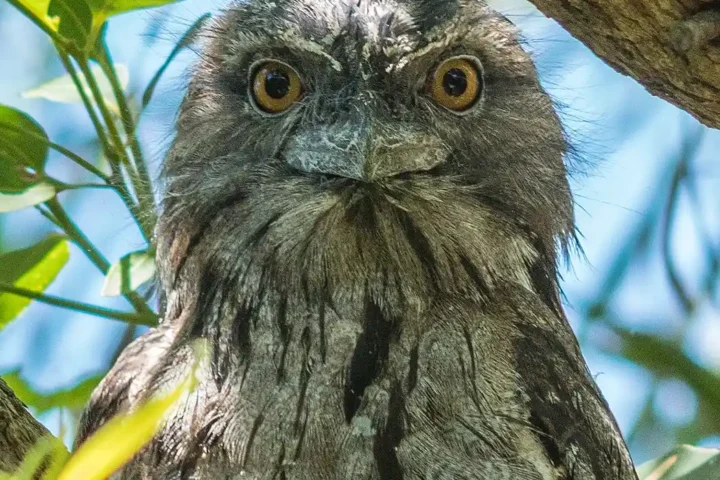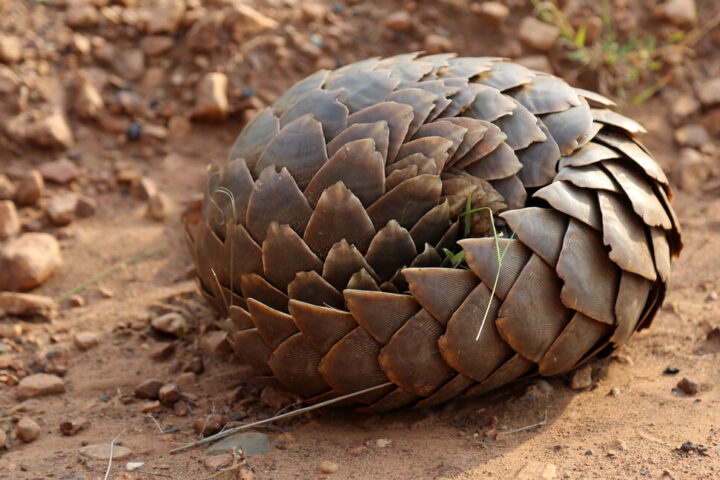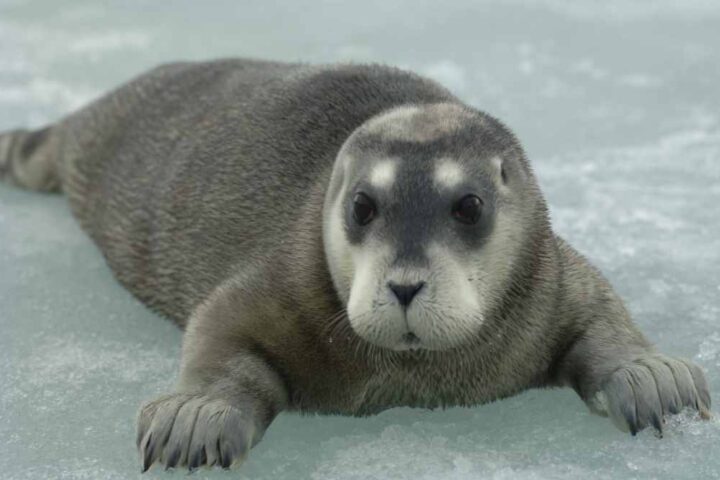Scientists at Yale School of the Environment have developed a groundbreaking approach to tracking urban wildlife using DNA found in soil. This new method gives city planners better tools to protect animals as cities continue to expand worldwide.
The research team, led by Nyeema Harris, collected soil samples from 21 parks across Detroit during winter and summer months in 2023. These samples contained environmental DNA (eDNA) – genetic material naturally shed by organisms into their surroundings through skin cells, hair, waste, and other biological traces.
“Thanks to Dr. Hallam’s molecular expertise, we’ve added eDNA to our toolkit, allowing for a more robust sampling technique for small mammals, which are not as easily detected with cameras,” explained Harris, the Knobloch Family Associate Professor of Wildlife and Land.
The Yale team identified 23 different mammal species from these soil samples, including humans. This method proved especially valuable for detecting smaller animals like bats and voles that often go unnoticed by traditional wildlife monitoring tools such as camera traps.
The study revealed important patterns in how animals use urban spaces. During winter, animals clustered together, likely competing for limited resources. Summer samples showed species spreading out across parks when food was more plentiful. Park size played a crucial role too – coyotes, for instance, only appeared in parks larger than 14.4 hectares (about 35.6 acres).
Human DNA made up roughly one-third of all samples across all parks, highlighting how people and wildlife share these spaces. Researchers also found DNA from pets and domesticated animals including cats, dogs, pigs, and cattle, confirming these parks function as “shared socio-ecological ecosystems.”
The presence of people shaped which animals lived where. Parks with high human activity had more adaptable, human-tolerant species, while more sensitive animals appeared less frequently in these areas.
While revolutionary, the soil DNA approach does have limitations. Scientists can’t always tell if detected DNA comes from animals currently living in an area or from past visitors. It’s also challenging to determine exactly how many animals are present based solely on DNA concentrations.
The research has direct applications for growing cities. Based on their findings, the Yale team recommends expanding green spaces and creating wildlife corridors – networks of connected parks – to better support biodiversity, especially for animals needing larger territories.
Similar Posts
This matters because more than half the world’s population now lives in cities, with urban land expected to increase by about 1.2 million square kilometers by 2030. This rapid growth disrupts natural habitats, potentially leading to problems like invasive species spread, disease outbreaks, and increased human-wildlife conflicts.
The eDNA approach offers advantages beyond wildlife planning too. The technique could help farmers monitor soil health, track the success of ecological restoration projects, detect invasive species early, and even monitor environmental health changes due to pollution or climate change.

Jane Hallam, postdoctoral associate and study co-author, noted the seasonal shifts revealed by their sampling: “In the summer, often a time of resource abundance, eDNA patterns showed species were more dispersed across landscapes, with fewer opportunities for cross-species interaction.”
As cities continue growing worldwide, tools like soil DNA monitoring will be increasingly valuable for creating urban environments where both people and wildlife can thrive.



